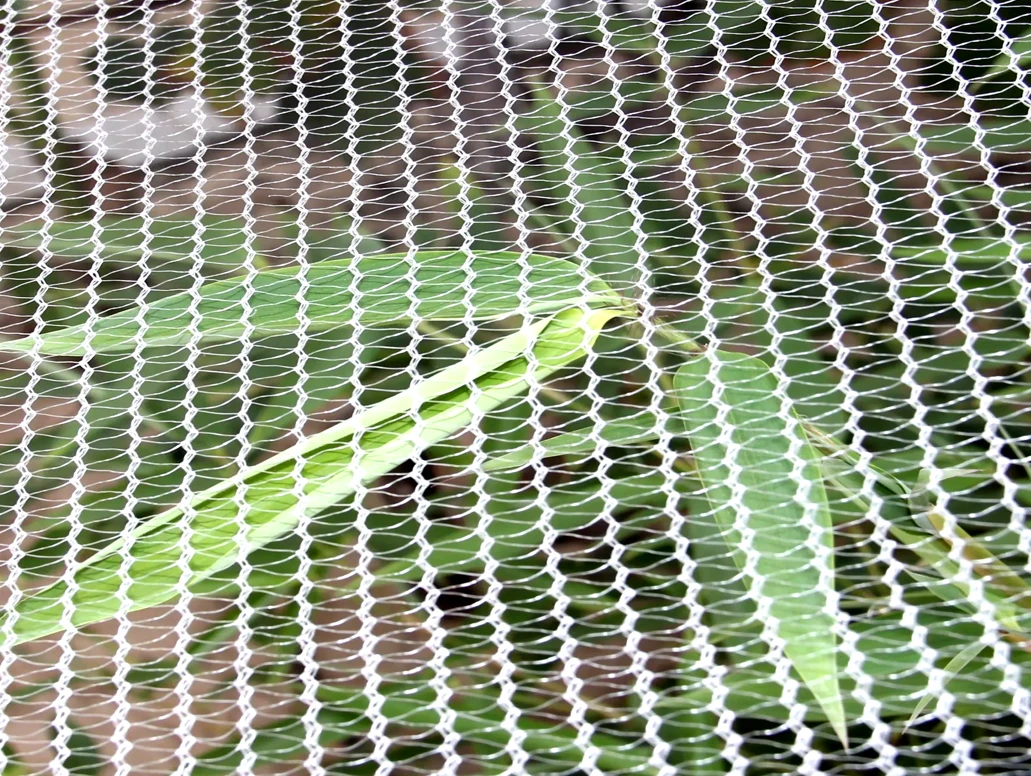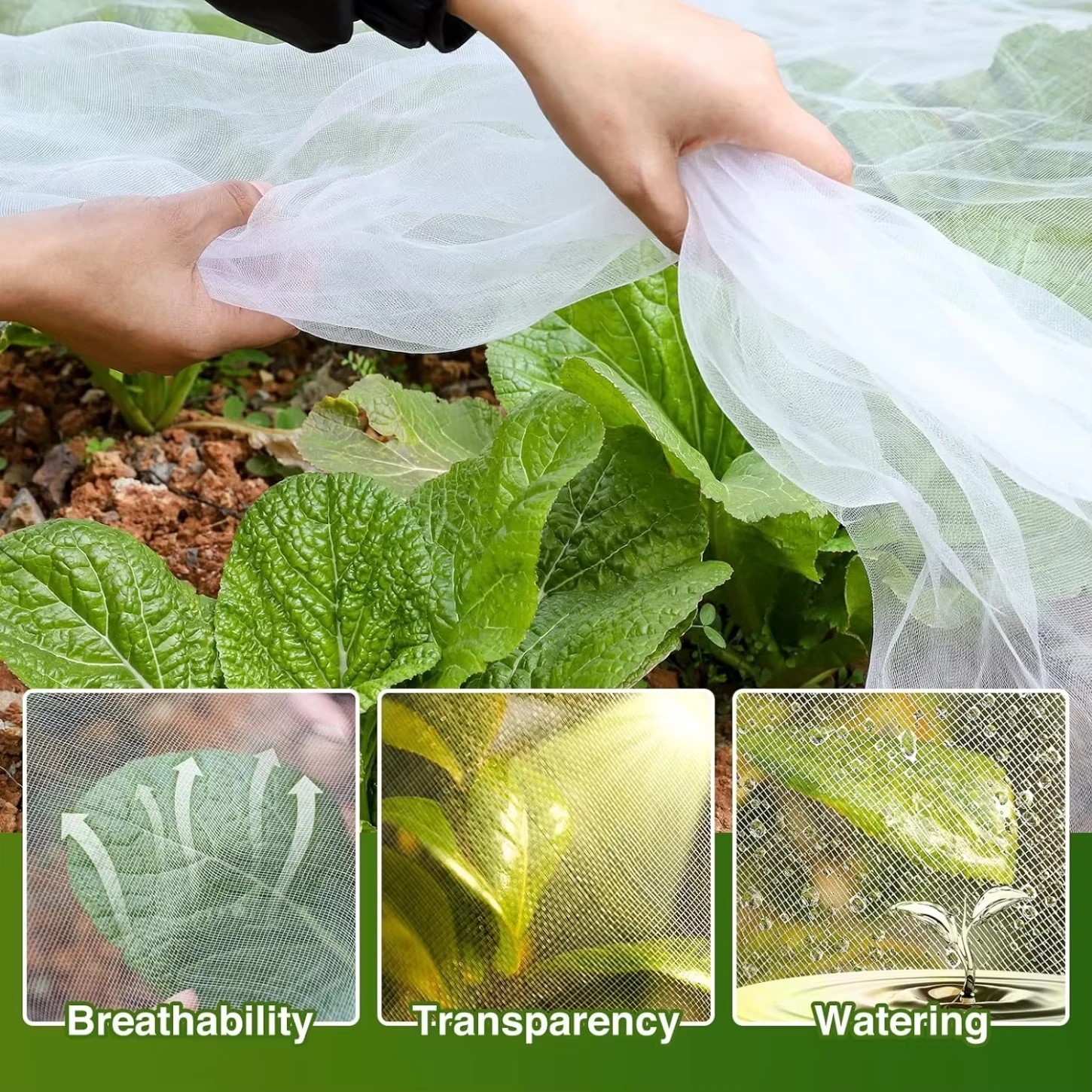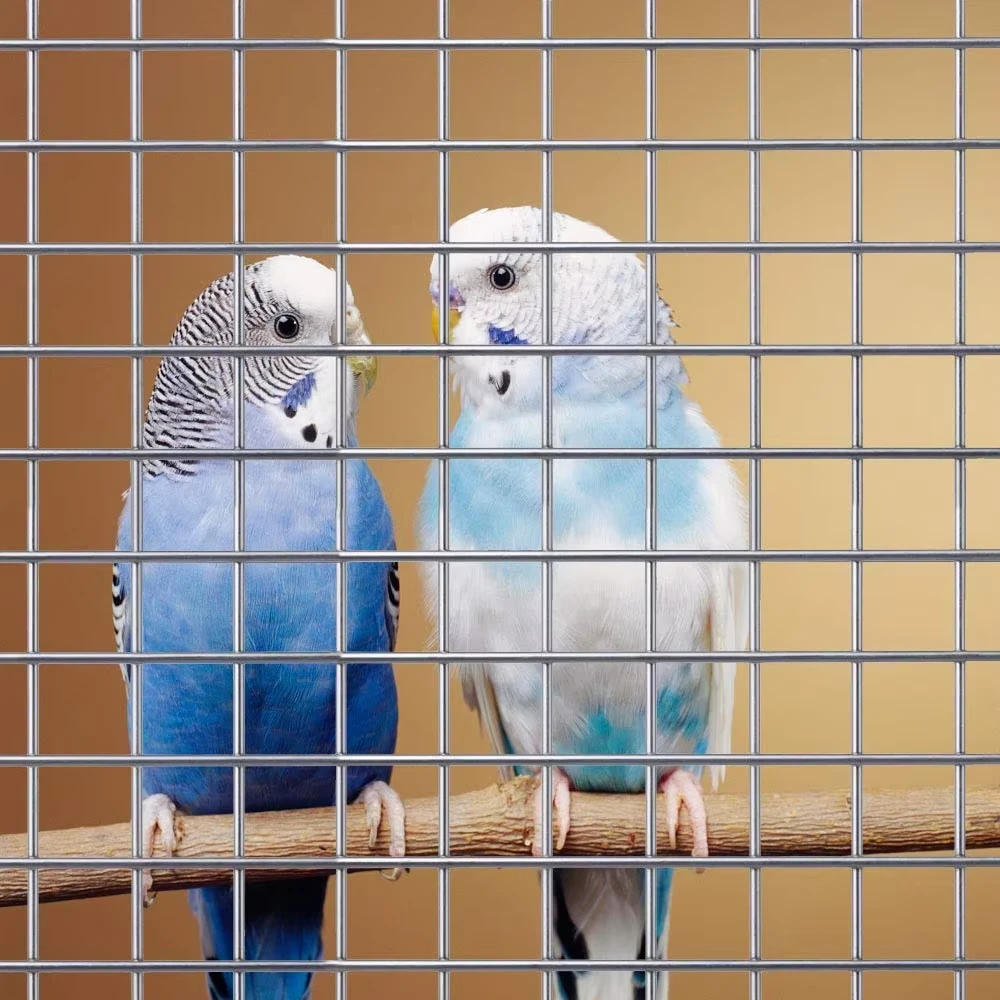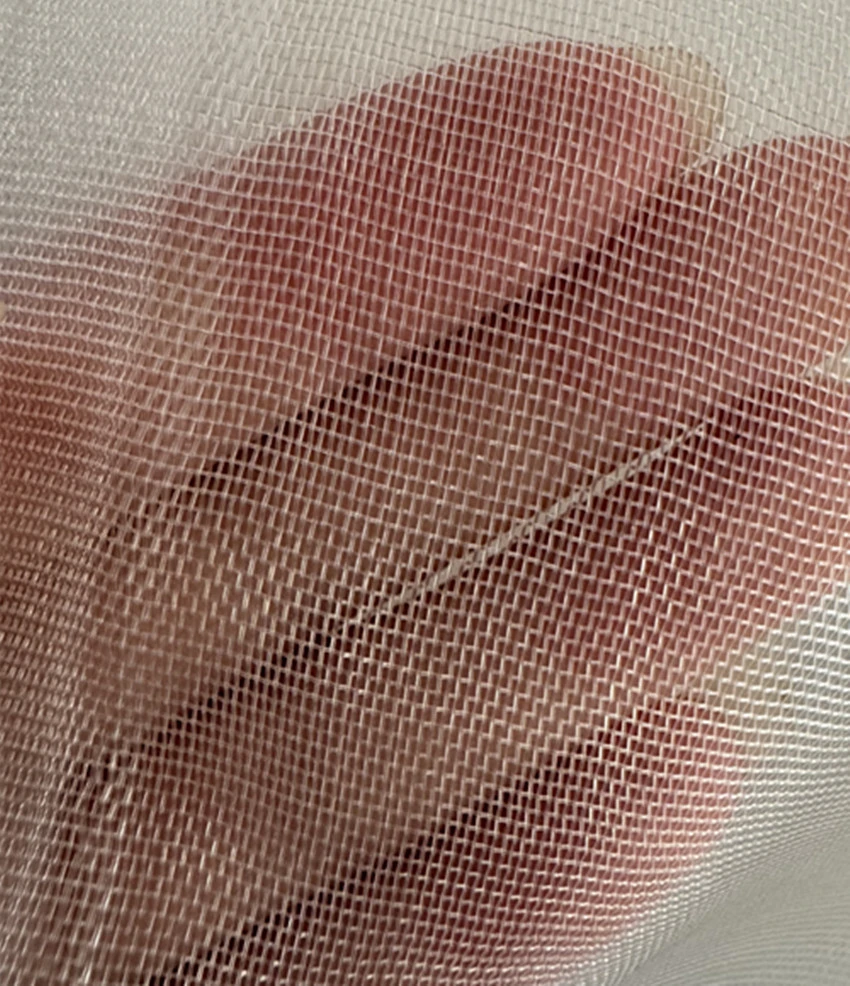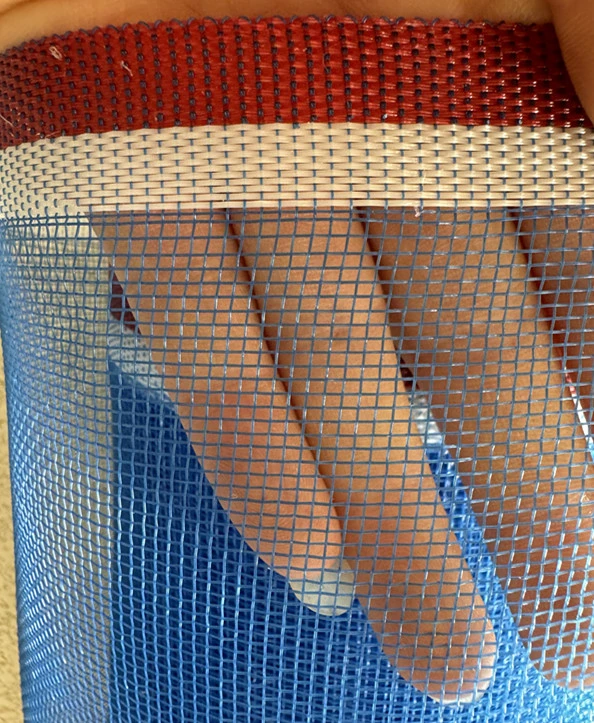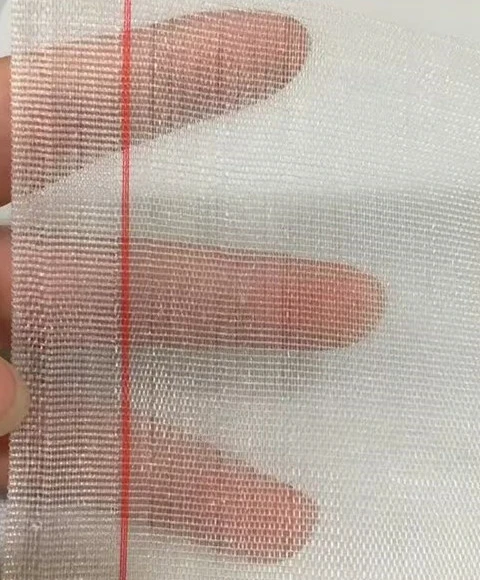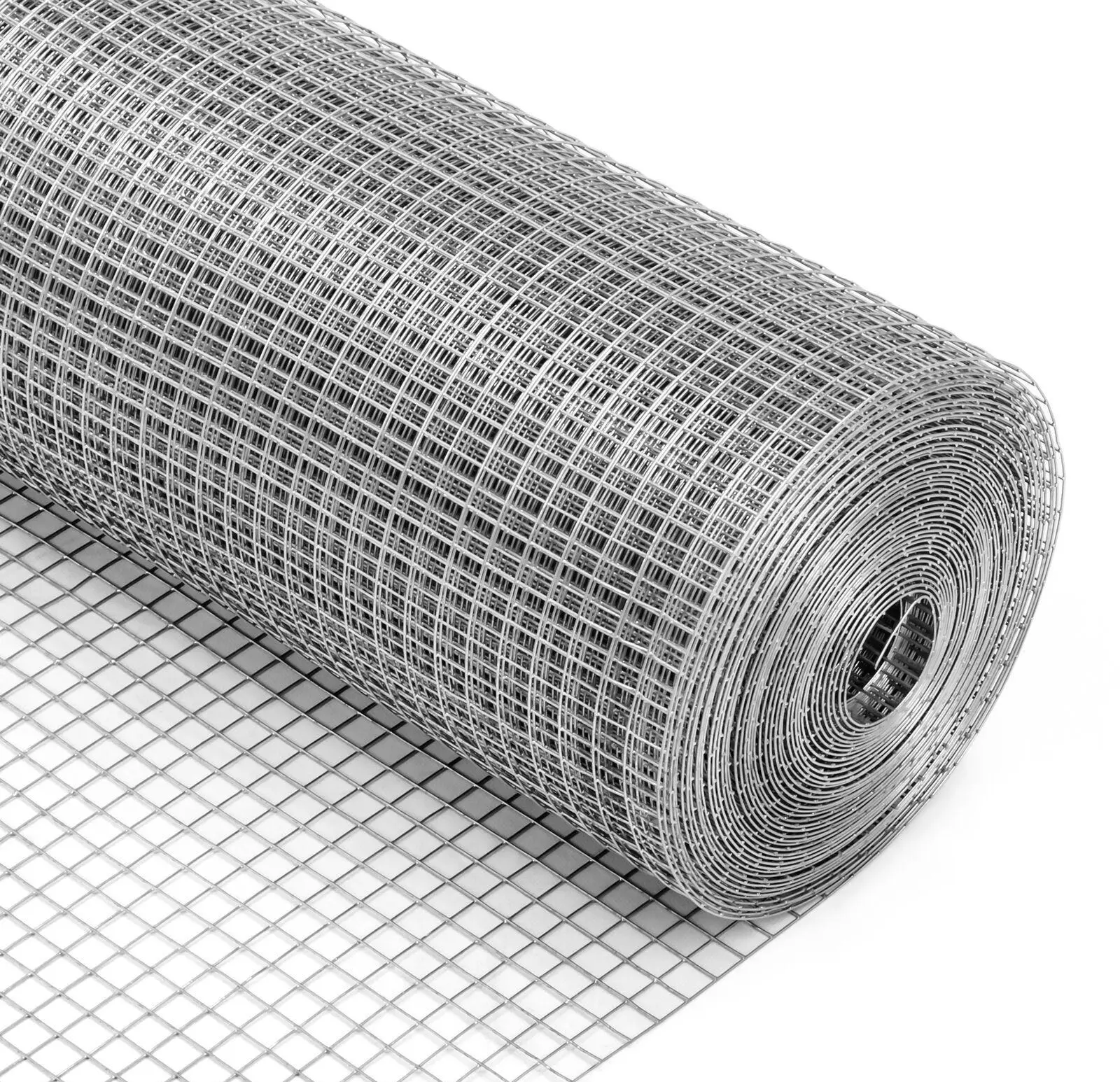Sunshade Net – UV Protection, Durable, Custom Sizes & Colors
The Practical Guide to Modern Shade Cloth: What’s Changing and What Matters
If you manage crops, animals, or just a hot backyard, you’ve probably looked at a Sunshade Net at some point and thought: is this really going to hold up? Short answer—yes, when it’s engineered right. Today’s HDPE shade fabrics have moved beyond “tarp with holes” into engineered textiles with UV stabilization, controlled porosity, and frankly, surprisingly good durability.
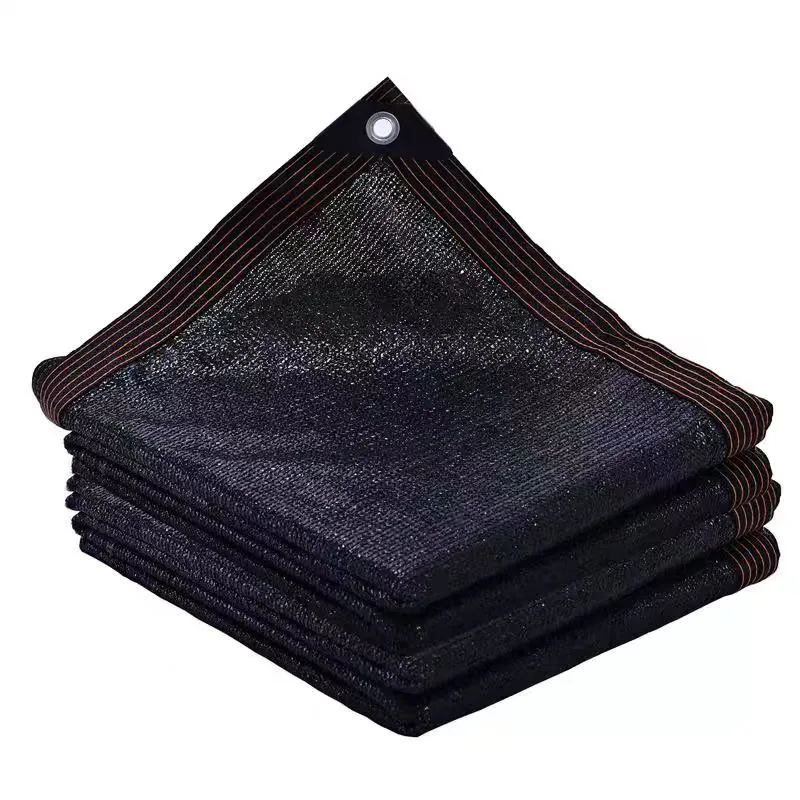
What’s in the fabric (and why it matters)
This model is a wholesale HDPE 40%/80% shade cloth from China with raschel knitting. In practice, the knit gives stretch and tear resistance; HDPE brings chemical resistance and low water absorption. Many customers say it feels “lighter than it looks,” which lines up with lab data: strength-to-weight is the quiet hero here.
Quick specifications
| Base material | HDPE (virgin + UV stabilizer ≈2–3% HALS) |
| Shade factor | ≈40% or ≈80% (other ratios on request) |
| Mass per area | ≈70–180 g/m² (real-world may vary by color/ratio) |
| Construction | Raschel knit, reinforced selvedge, optional grommets |
| Width × length | Up to ≈6 m width; 50 m / 100 m rolls |
| Colors | Black, green, beige (custom on MOQ) |
| Service life | ≈3–5 years outdoors; climate/UV index dependent |
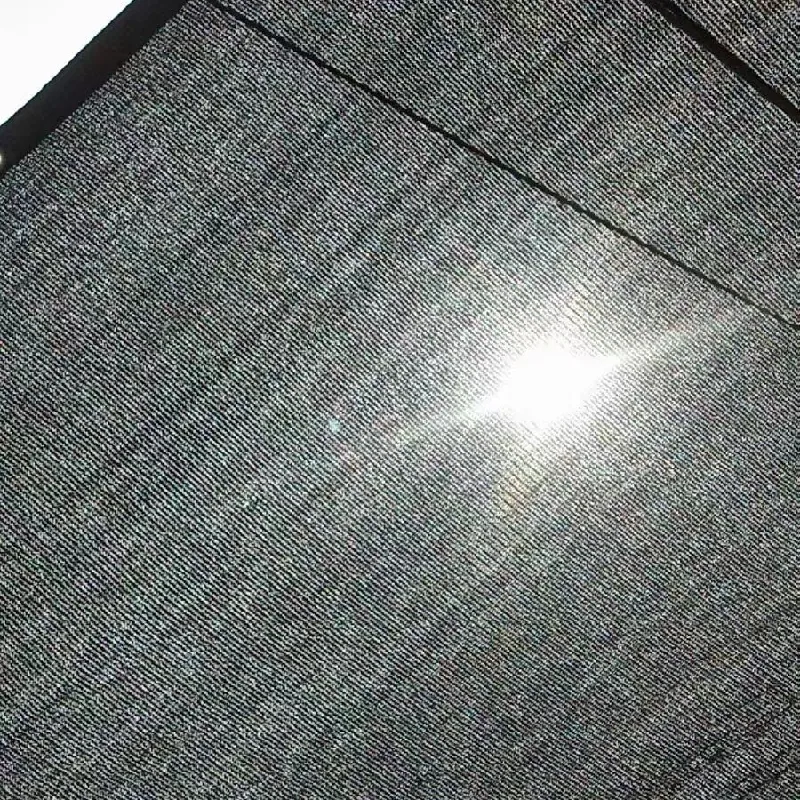
Process flow and quality checks
- Materials: HDPE pellets with HALS UV stabilizers; color masterbatch.
- Extrusion & drawing: Monofilament/flat tape extrusion, oriented for tensile strength.
- Knitting: Raschel machines for stable loops and tear resistance.
- Finishing: Edge reinforcement; optional hem + grommets; roll winding with core.
- Testing: UV weathering ISO 4892-3/ASTM G154; tensile ASTM D5035; mass ASTM D3776; colorfastness ISO 105-B02.
Internal sample data (typical): tensile retention ≈80–90% after 1,000 h QUV; shade uniformity ±5%; elongation ≈20–35%. To be honest, field life depends on altitude, dust, and how tightly you tension it.
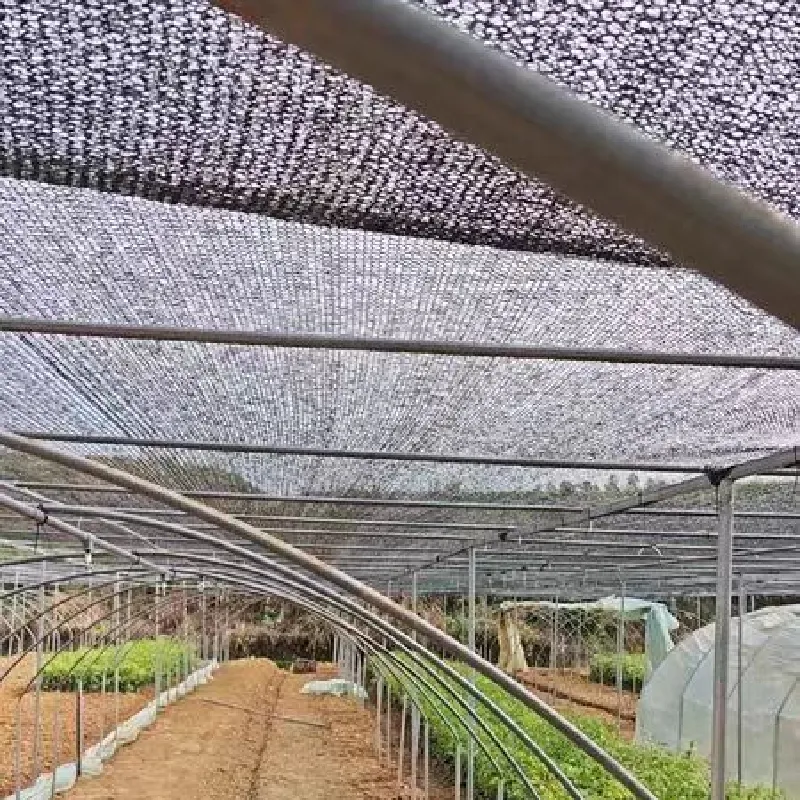
Where a Sunshade Net makes sense
- Greenhouses and nurseries: 40% for light-loving crops; 80% for seedlings or summer peaks.
- Flowers, fruit orchards, berries: reduce sunburn and evapotranspiration.
- Livestock/poultry runs: cooler zones decrease heat stress (we’ve seen better feed conversion, anecdotally).
- Outdoor living: pergolas, decks, gazebos, porches—yes, it’s not just for farms.
- Construction and privacy: temporary shading and windbreaks.
Customer feedback: “noticeably cooler under the 80%,” “edges haven’t frayed,” and, amusingly, “my tomatoes got less grumpy.” Not a scientific term, but growers know.
Vendor snapshot (indicative)
| Vendor | Shade range | Certs/Testing | Lead time | Customization | Indicative price |
|---|---|---|---|---|---|
| YJ Wire Mesh (China) | 40–90% | ISO/ASTM tests; RoHS/REACH statements | ≈10–20 days | Width, color, grommets, logos | ≈$0.25–$0.80/m² |
| Regional Retail Brand | 30–80% | Basic QC | In stock | Limited sizes | ≈$0.90–$1.50/m² |
| Import Distributor | 50–95% | ISO 9001 supplier base | ≈3–6 weeks | Wide, but higher MOQ | ≈$0.60–$1.20/m² |
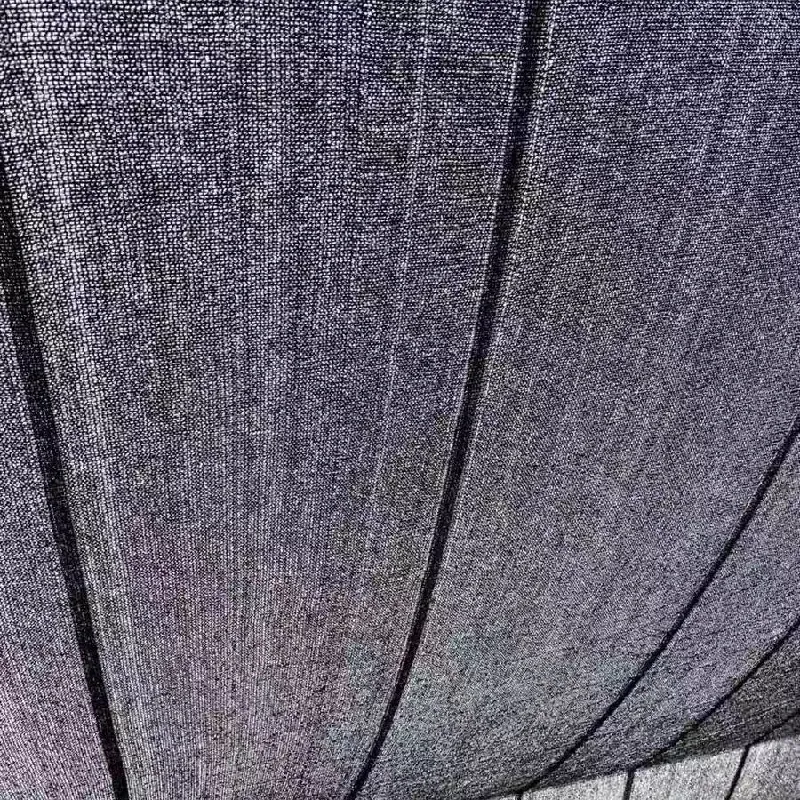
Customization tips
- Pick shade by crop: tomatoes 30–50%; ornamentals 50–70%; nursery/propagation 70–80%.
- Go darker for longevity; carbon black masterbatch generally improves UV stability.
- Specify edge finish early—hem + grommets saves install time and reduces tear-outs.
Real-world snapshots
Case 1, Murcia, Spain: 80% net on a tomato house cut mid-day canopy temperature by ≈5–7°C; sunscald incidents dropped ≈30% (grower logs, one season, not lab-grade but useful).
Case 2, Central Texas poultry run: 40% net with windward side doubled as windbreak; observed calmer flock and fewer heat-stress events during a heatwave week.
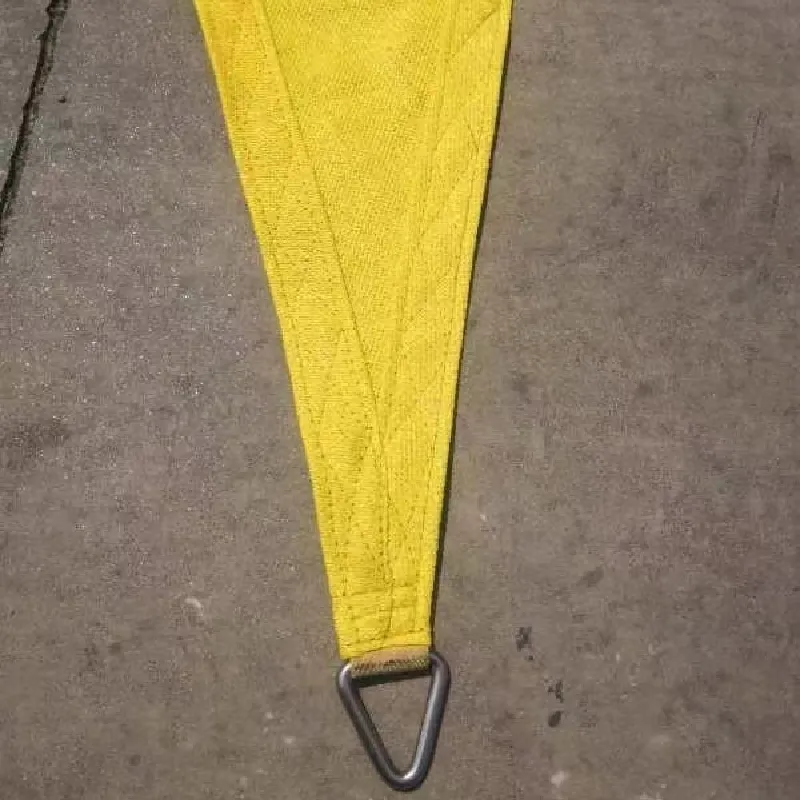
Bottom line
If you want an honest workhorse, a Sunshade Net built on HDPE raschel with proper UV stabilization is hard to beat. Get the shade percentage right, don’t over-tension, and you’ll likely see multi-season value.
References
- ISO 4892-3: Plastics — Methods of exposure to laboratory light sources — Fluorescent UV lamps.
- ASTM D5035: Standard Test Method for Breaking Force and Elongation of Textile Fabrics (Strip Method).
- FAO Greenhouse Crop Production: Shade management guidance and microclimate basics.
-
Anti Hail Net | UV-Stable, High-Strength Orchard ShieldNewsNov.17,2025
-
Anti Bird Netting – UV-Stable, Durable, Humane ProtectionNewsNov.17,2025
-
Welded Wire - Durable, Rust-Resistant Mesh, Custom SizesNewsNov.17,2025
-
Garden Mesh Sun Shade – UV-Resistant, Durable, Custom SizesNewsNov.17,2025
-
Bird in Net Solution: Humane, UV-Resistant Bird NettingNewsNov.17,2025
-
Stainless Steel Filters: Durable, Washable, High-FlowNewsNov.10,2025





